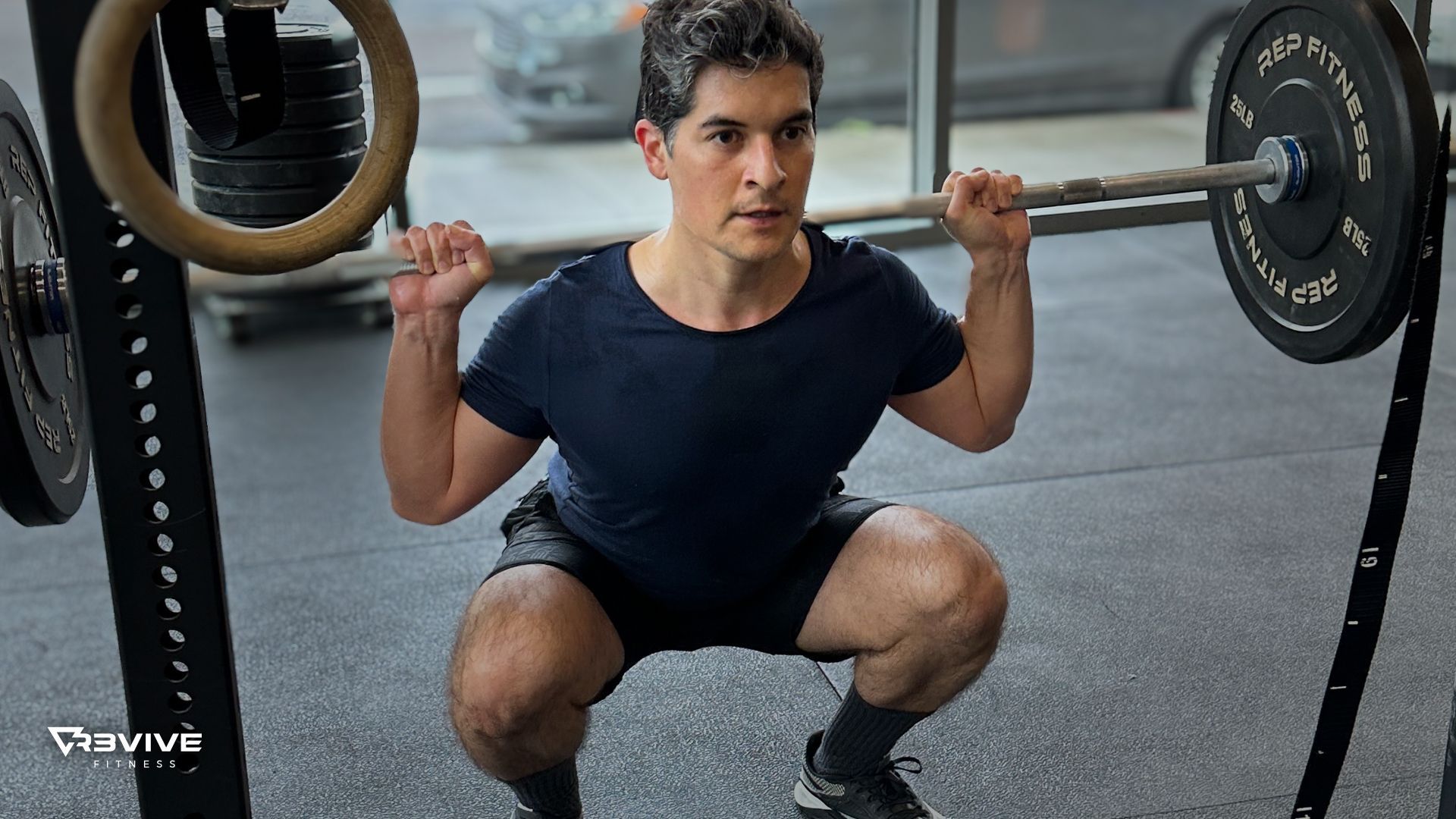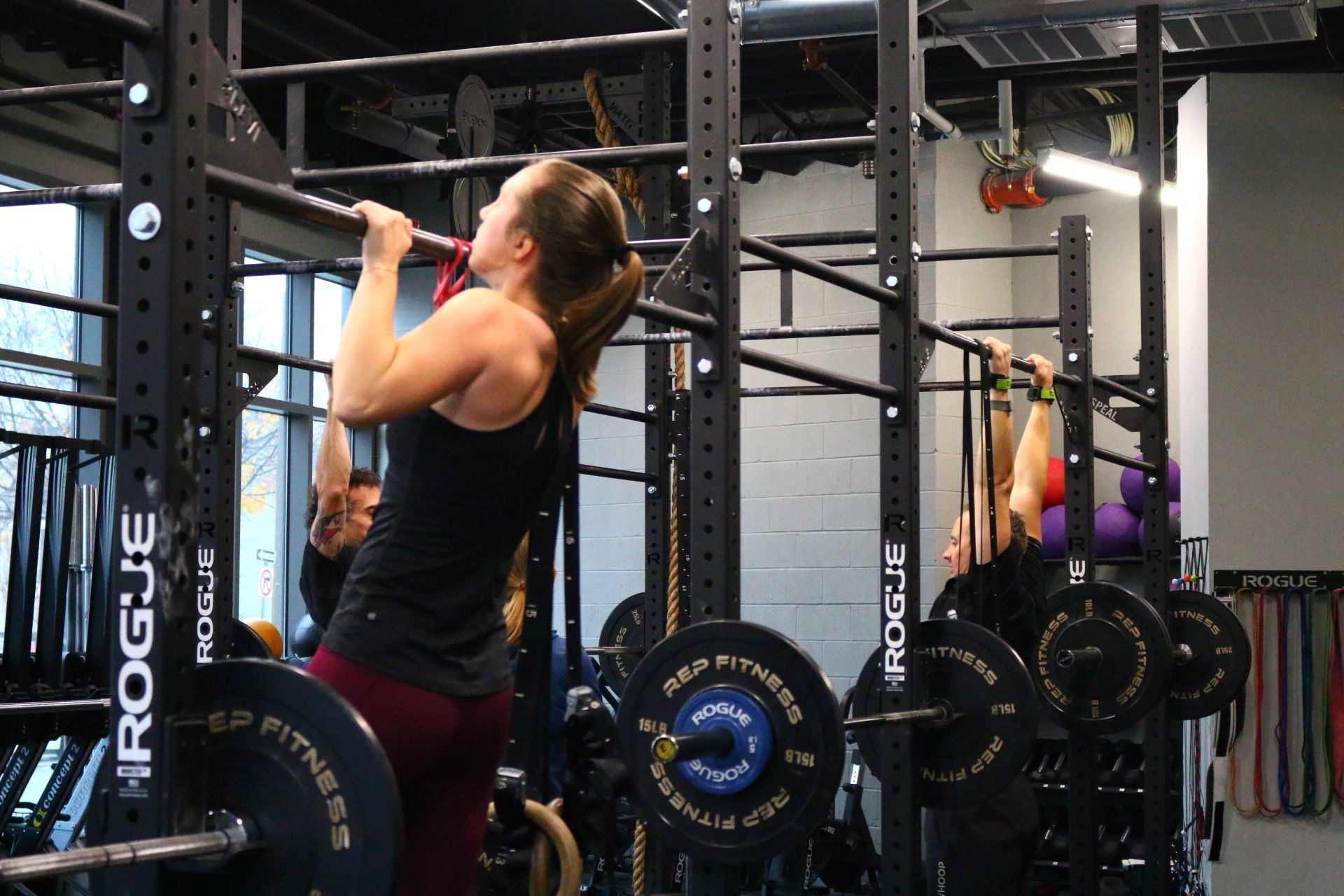Understanding Tempo in Resistance Training

What is Tempo?
We get this question quite a bit at R3VIVE. So much that we thought it’d be useful to write an article about its massive benefits.
We are firm believers in consistency and control points in our training sessions that we incorporate it into every one of our program designs. From rep to rep, set to set, session to session; we believe that this is the pathway to truly experiencing and understanding the muscles contractions intended for the individual based on the their training age and goals.
Tempo in resistance training is a method used to control the speed and timing of each part of an exercise. This approach helps regulate the dose-response of the exercise and ensures consistency between workouts. Tempo is typically represented by four numbers, each specifying a different phase of the movement:
A practical example for a bench press with a tempo of “3-1-1-1”:
- Eccentric (lowering): Muscle lengthening. Take 3 seconds to lower the bar to your chest.
- Isometric Pause: At the end of the eccentric phase. Hold for 1 second at the bottom.
- Concentric Phase: Muscle shortening. Take 1 second to press the bar up.
- Isometric Pause: End of concentric phase . Hold for 1 second at the top before the next rep.
Letters can also be used:
- X: Explosive movement (e.g., moving the weight as fast as possible “31X1”)
- A: Assisted movement (help with the lifting phase “31A1)
Why Use Tempo?
- Movement Control: By specifying how long each phase of a movement should take, tempo helps maintain proper form and technique.
- Dose-Response Control: Different tempos can alter the training effect, such as focusing on strength, hypertrophy, or endurance.
- Repeatability: Ensuring consistent performance across workouts aids in tracking progress and making adjustments.
Who Should Use Tempo?
- Beginners: Tempo helps beginners develop motor control and build foundational strength. Typically, they use tempos that keep the muscle under tension for 30 to 90 seconds per set.
- Intermediates: For those with more experience, tempos are used to fine-tune specific training goals, usually keeping muscles under tension for 10 to 60 seconds per set.
- Advanced Athletes: Advanced individuals might use shorter tempos (0 to 30 seconds of tension) for maximum strength and power. They may still use longer tempos for specific training adaptations occasionally.
Key Points
- Tempo helps control the duration a muscle is under tension, known as Time Under Tension (TUT) .
- TUT influences the type of training effect: longer TUT can build endurance and muscle size, while shorter TUT can develop strength and power.
- Adjusting tempo according to training goals and experience levels is crucial for optimal results.
Using tempo in your workouts can lead to better performance and targeted training outcomes, making it a valuable tool for both beginners AND experienced athletes.
The post Understanding Tempo in Resistance Training appeared first on R3VIVE FITNESS.




